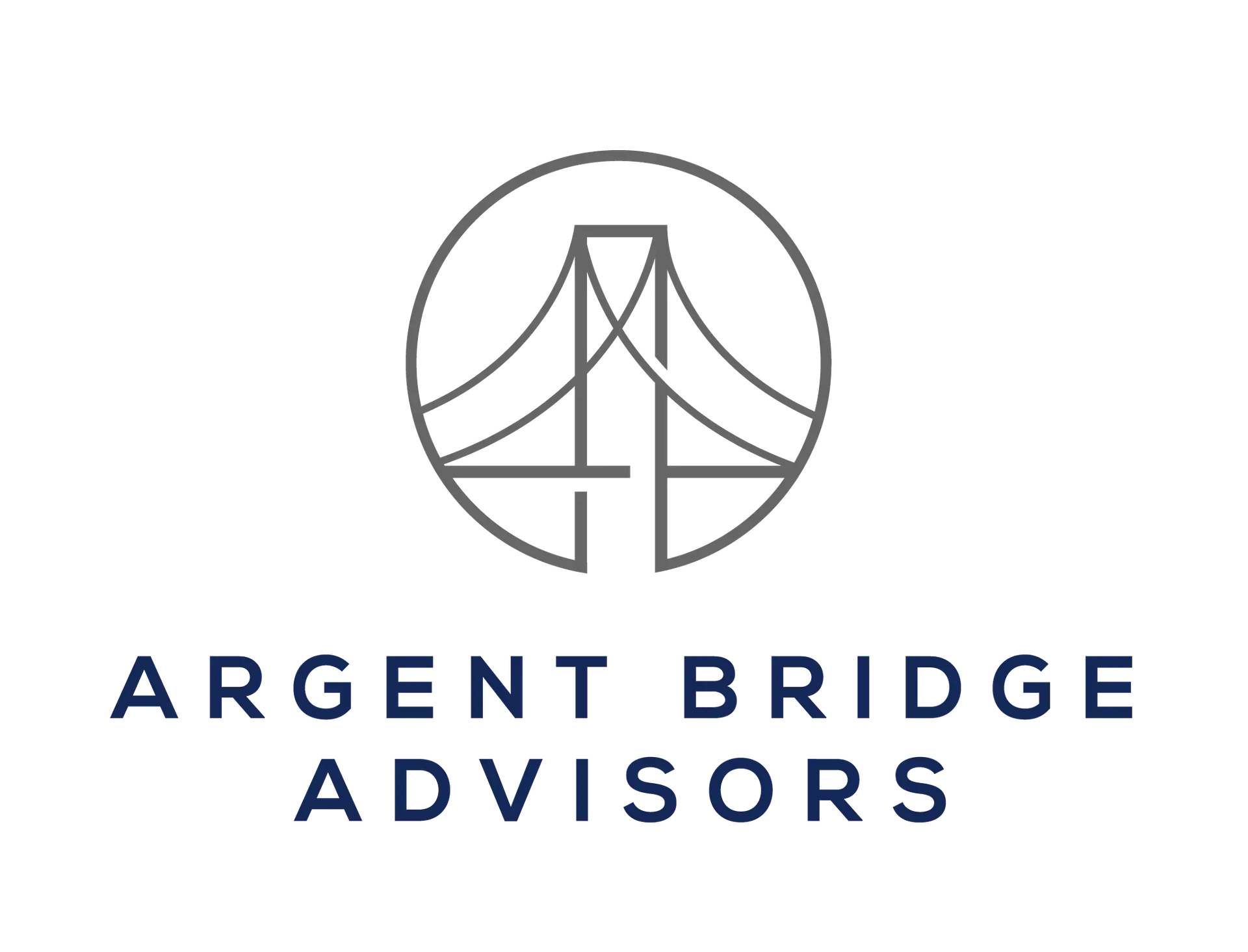I recently saw the new F1 movie with Brad Pitt, and it was a reminder that even the fastest driver cannot win without the right team in the pit. Exiting a business is no different. Roughly half of business sales collapse before closing. Not because the numbers do not add up, but because planning, people, and process are not aligned.
A business exit is a high-stakes race. Even the best car will not cross the finish line without the right pit crew. These are the five players every owner needs and the financial calls they shape.
The Transition Strategist: The People Wrangler
The strategist acts as the crew chief who keeps the human side from spinning out. By aligning succession plans, timing, and sensitive family or leadership dynamics, they create a pit-stop strategy that keeps everyone moving forward. The strategist is often the first to see where an exit could stall. By bringing clarity to both people and process, they help the rest of the team stay focused and effective.
Financial Angle: A clear plan avoids costly delays that can reduce value by ten to fifteen percent. Matching the handoff with successor readiness helps preserve the price an owner has worked so hard for.
The Transaction Attorney: The Deal Defender
The attorney builds the chassis that protects the exit. Beyond drafting contracts, they identify hidden risks and negotiate terms that shape the economics of the deal. They protect value at the most critical point of the race, when signatures and structure determine the final outcome.
Financial Angle: The legal structure of the deal, including asset versus stock sales, non-competes, and indemnification clauses, can change net proceeds by hundreds of thousands of dollars. Strong legal guidance helps ensure that owners cross the finish line with the value they intended to keep.
The Tax Strategist (CPA): The Tax Tamer
The CPA plays a central role in making sure the structure of the sale does not result in unnecessary tax drag. Selling a business can create one of the most significant tax events in an owner’s life. A skilled CPA anticipates this and works proactively to structure the transaction in the most efficient way.
Financial Angle: Side-by-side modeling of different deal structures such as installments, earn-outs, or rollover equity shows the true after-tax outcome. Strategic moves such as using QSBS exemptions or charitable planning can save six or even seven figures, turning what might have been lost to taxes into retained wealth.
The Wealth Translator (CFP®/CEPA): The Finish Line Driver
The wealth advisor, often with CEPA training, ensures the business transition connects directly to the owner’s life after the deal. Their role is to confirm that the proceeds support retirement, lifestyle, and family goals. They also help owners focus on profitability and benchmarking before a sale, making sure the business itself is running efficiently and every dollar is working as hard as possible in the years leading up to the exit.
Financial Angle: They model after-tax proceeds against lifestyle needs, design investment and risk strategies for post-sale wealth, and integrate estate planning. Their focus is on making the money work at every stage — building profitability before the sale, capturing value in the transaction, and sustaining wealth long after.
The Risk Manager (Insurance Professional): The Roll Cage
The insurance professional acts as the safety system that keeps the deal from crashing when unexpected events occur. Their work often sits quietly in the background, but when needed, it can be the difference between a successful transition and one that unravels under pressure.
Financial Angle: Buy-sell agreements, key-person coverage, liability protection, and updated personal policies create a financial safety net. The right protections prevent a health event, dispute, or lawsuit from erasing years of careful planning and accumulated value.
The Bottom Line
Exiting a business is not just about signing a contract. It is about assembling a team of professionals who handle the legal, tax, financial, and human factors that determine success. When these five roles work in concert, an owner does not just sell a business. They protect their legacy and secure the future they have been working toward.
A strong exit requires a strong pit crew. The best time to check readiness is before the green flag drops. For owners considering a transition, setting aside fifteen minutes for a quick exit-readiness review is the first step to making sure the team is prepared.
Co-Written By:

Eric Ashburn
Argent Bridge Advisors


Andrea Carpenter
The Transition Strategists







